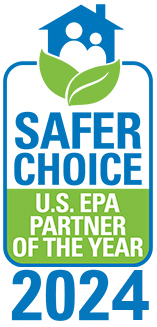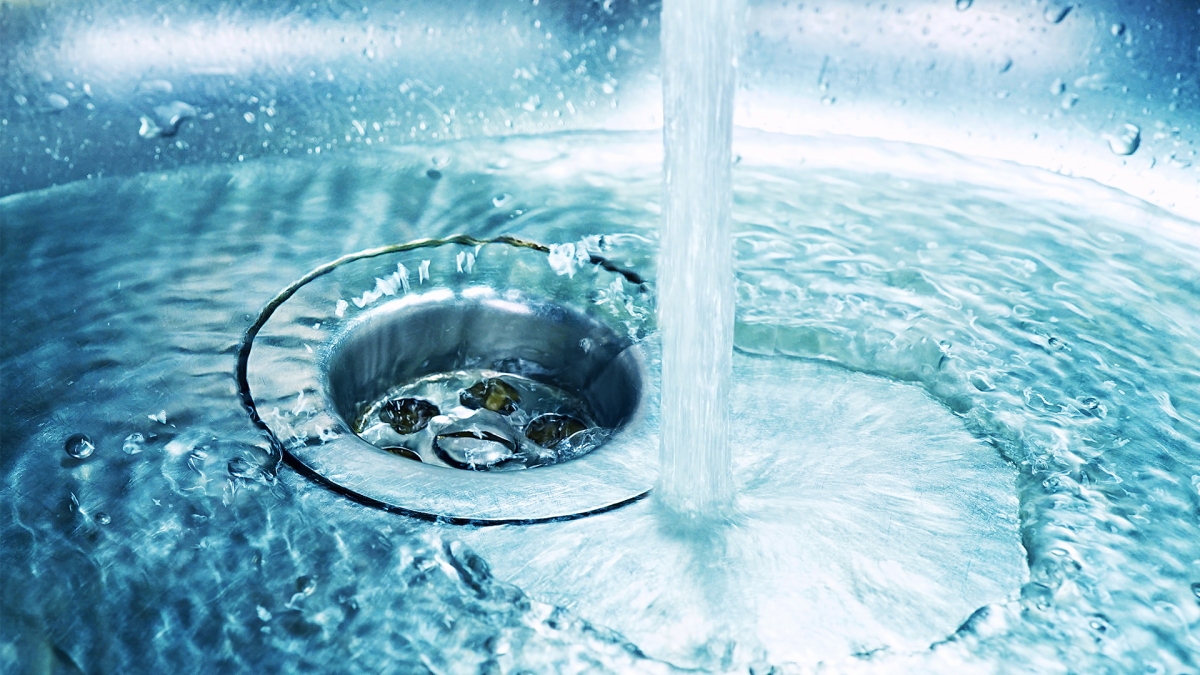Water Quality, a Hot Topic at HSPA
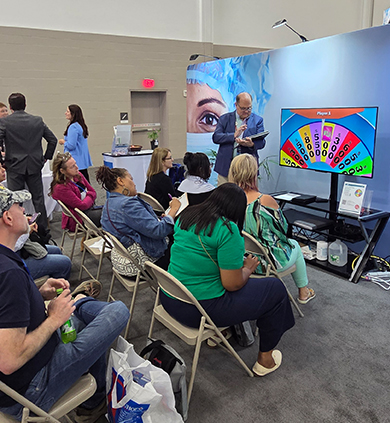
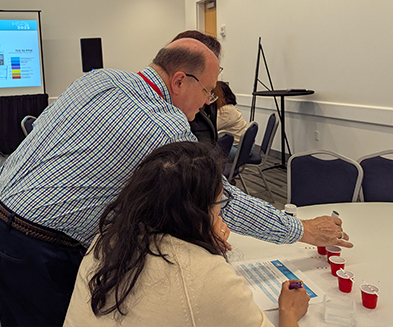
Is tap water safe to drink?
Chemicals pollute water
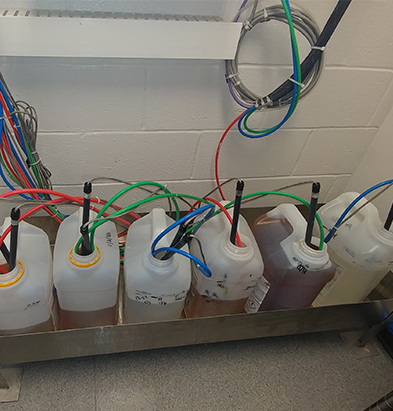
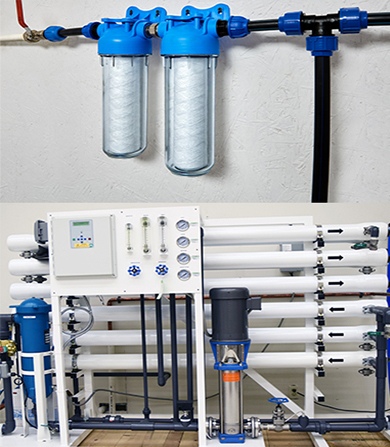
A two-step process provides the best ROI
We recycle water in our manufacturing facility but filter before each use.
Case Medical supports best pratices and sustainability. We are recognized by the State of NJ CIANJ for Environmental Innovation, by The Chemical Footprint Project as a National Front Runner and by EPA Safer Choice as a 2024 Partner of the Year. Contact Case Medical for a water assessment, your Case Medical representative can do it. Then reach out to us for a cost-effective plan that meets your budget and sustainability goals for high purity water in only two steps.
Connect with Case Medical on social media for more content!
LinkedIn
FaceBook
Kindest Regards,
